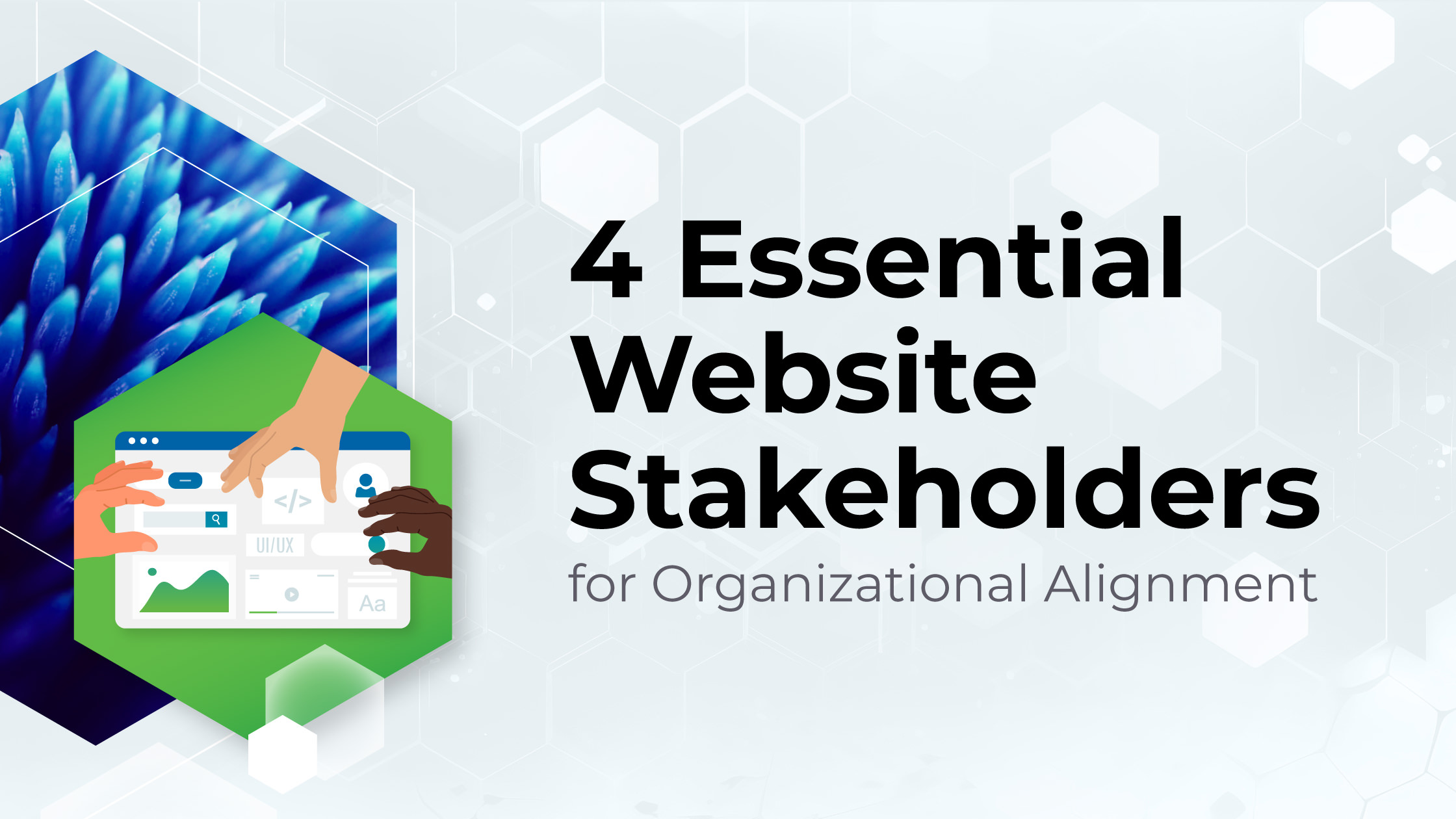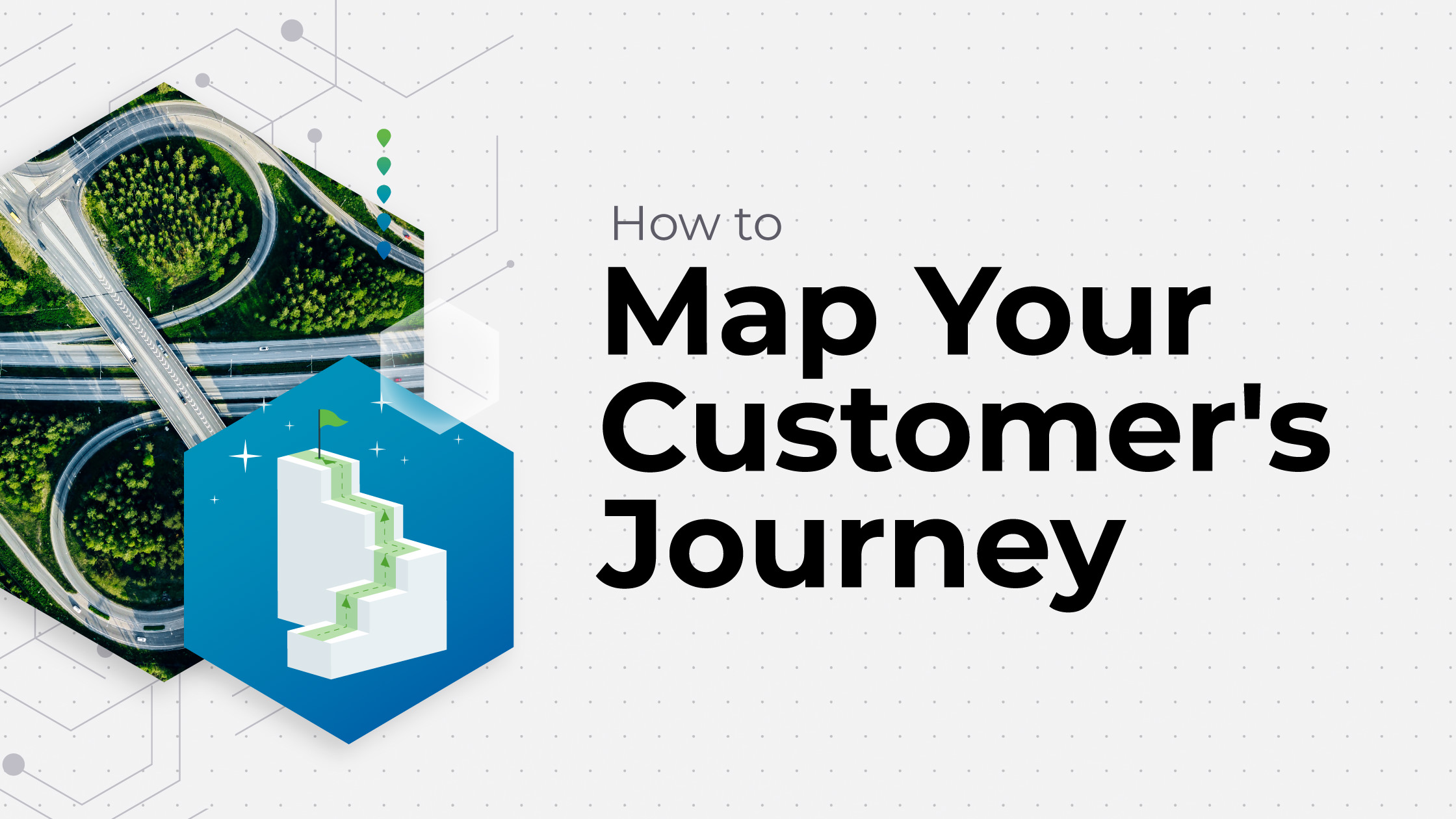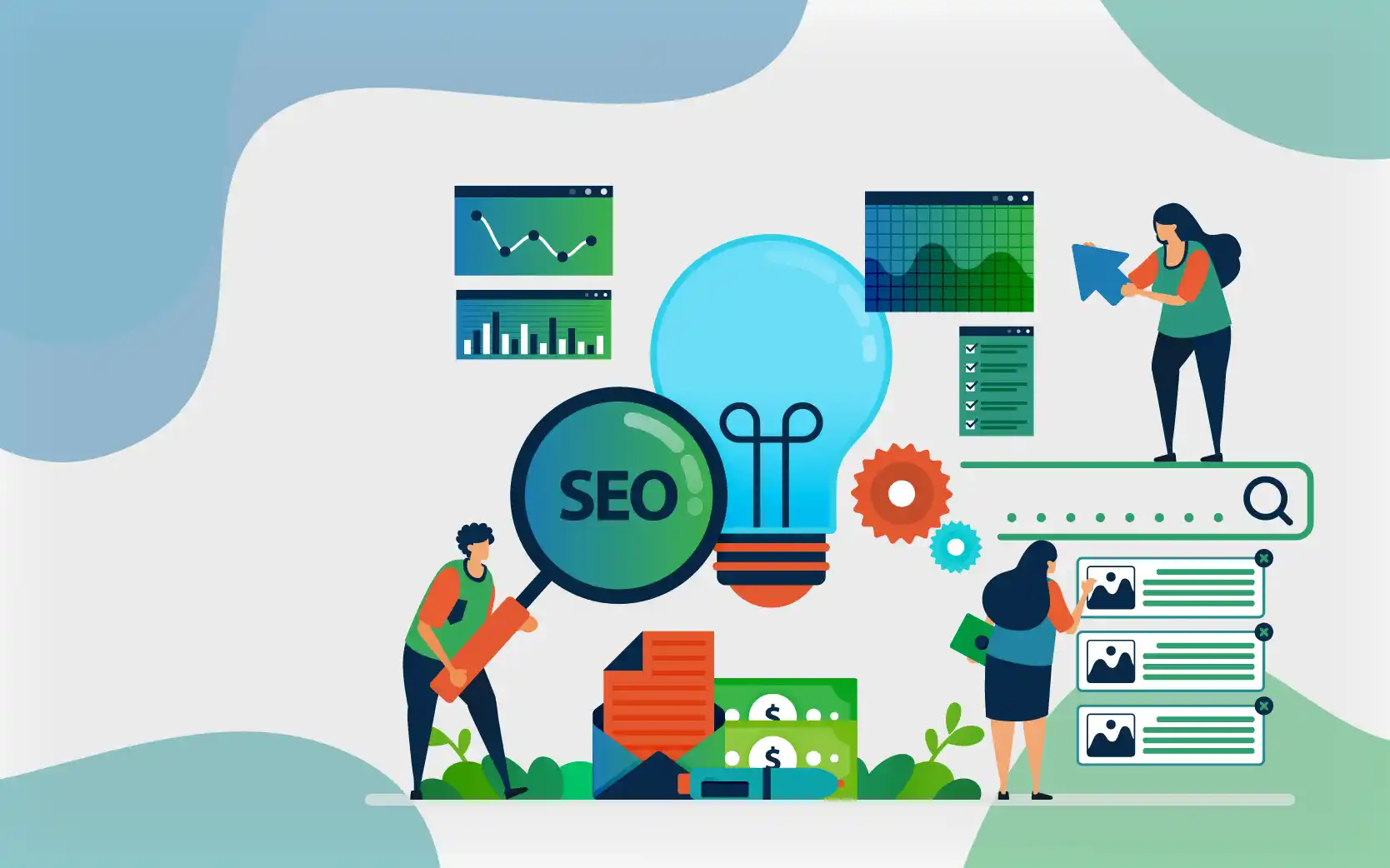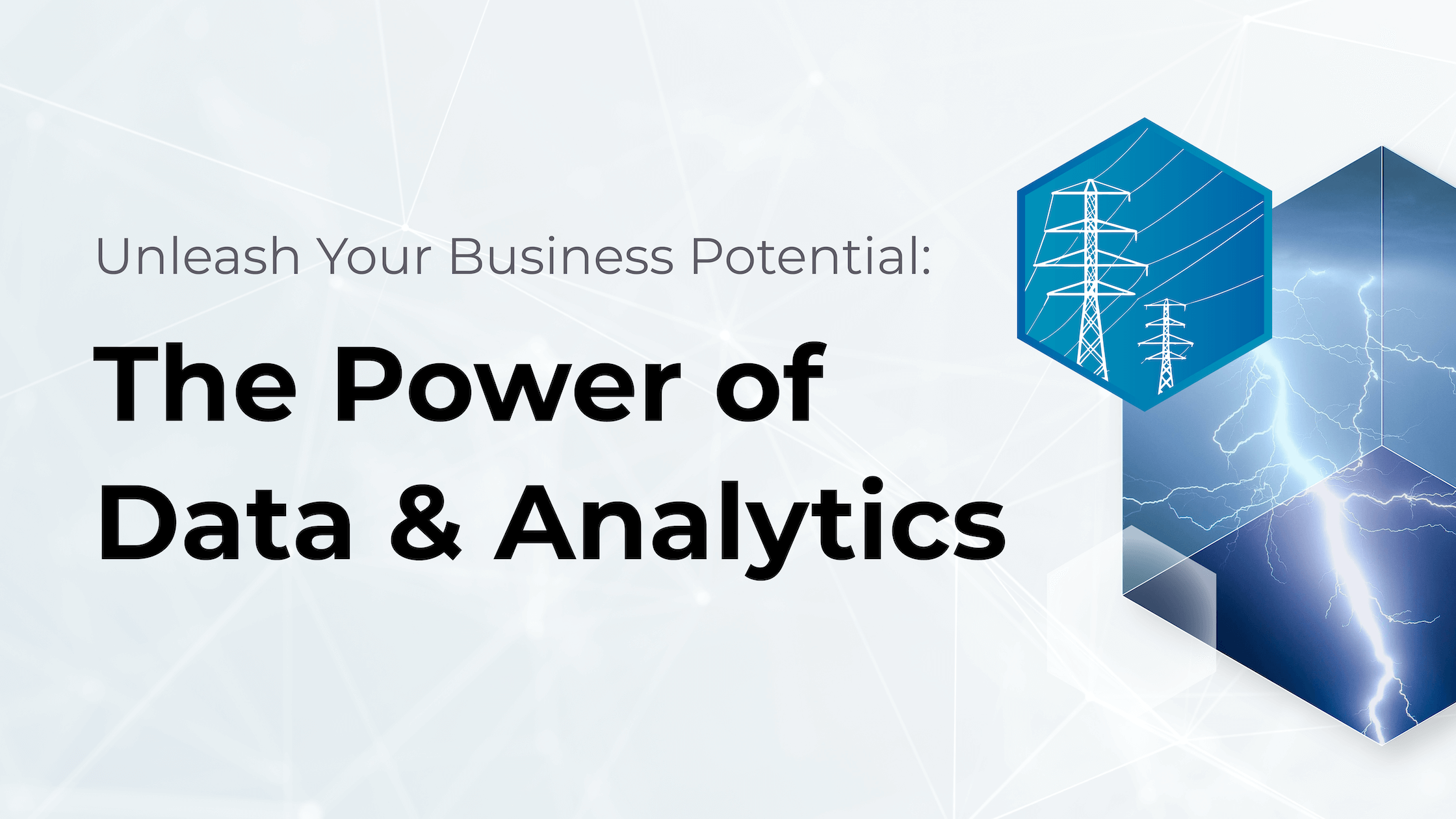
Author: Steve Lock
Data often gets cited as “The New Oil,” but analytics isn’t a temporary oil boom – it’s the new (very permanent) power grid. Keep reading to learn the key areas to drive business growth by leveraging the power of analytics:
Keep reading to learn the key areas to drive business growth by leveraging the power of analytics:
1. Deeper Customer & Prospect Insights
It’s become a major buzzword to strive for a “360-degree view” of customers and prospects. This is typically achieved through centralizing all of your key data sources such as purchasing history, website/user behavior, demographics, firmographics, technographics and any other useful data you have available.
Through these approaches you can apply personalization, develop better products/services, provide a superior customer experience and design more effective campaigns for new customer acquisition. Programs to implement these capabilities take time, but the juice is worth the squeeze because when the right data architecture is put in place, the benefits are a goldmine.
2. Optimize Everything
If you’re able to implement a data-driven culture into your organization, the opportunities are endless. My experience tends to skew to sales, marketing and financial data, however major organizations such as Amazon have shown that embracing the use of data across everything they do has been one of the biggest keys to their success.
Read more about how to create data-driven cultures and the four E’s of data culture.
Examples of other use cases for optimization with data include supply chain management, production processes, and logistics to operationally manage anything from factories to hospitals or retail stores.
3. Better Decision Making
Experienced individuals and teams make the best business decisions, although in a modern world, data should be used in combination with insights from your smartest employees.
An analytics-driven approach leads to more accurate forecasting and more predictable project execution, reducing risks and optimizing ROI across campaigns.
These approaches are especially powerful if combined with constant monitoring through self-service dashboards, as well as test and learn activities, such as piloting new channels and technologies.
4. Develop a Key Competitive Advantage
I’ve seen firsthand that the most data-driven organizations consistently outperform competitors, and often lead to much larger exits because their data capabilities measurably elevate business value.
From a business growth perspective, standout areas are the ability to acquire new customers at a lower cost and increase customer lifetime value compared with the rest of the industry. With these two conditions met, brands are able to dominate markets with more aggressive campaigns and investments that allow them to grow much faster than competitors.
Robust data capabilities are basically an ROI cheat code. Every dollar spent gets you a better return!
And don’t forget the additional upsides of using data to mine new market opportunities, optimize product pricing, and refine your marketing mix modeling, reducing churn and optimizing conversion rates across all areas of the sales funnel. With the right data capability, the options are almost endless!
Got a team member who’s convinced your organization is already data-driven, even though you know otherwise? Send them this article on why most brands aren’t as data-driven as they think.
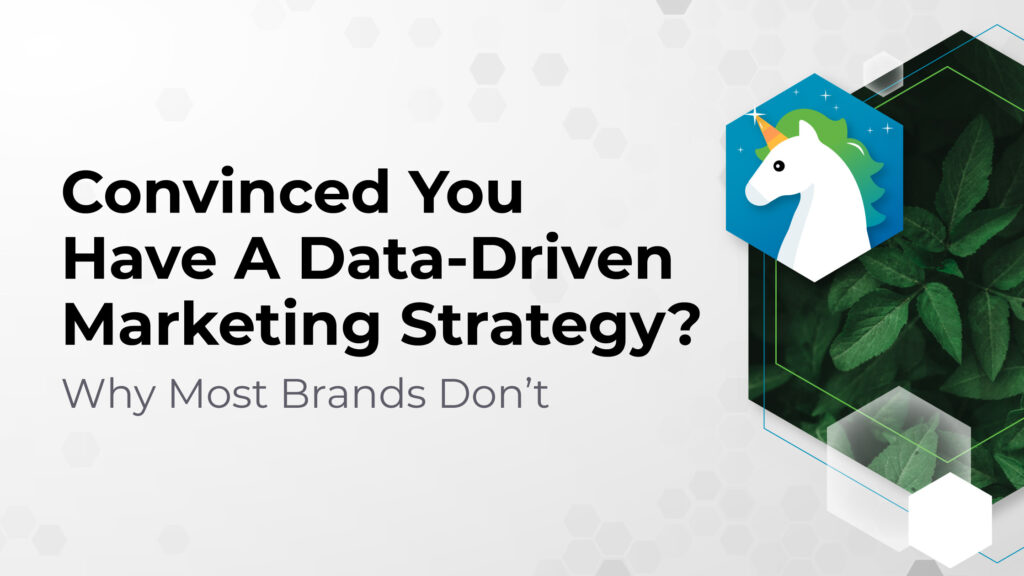
Convinced You Have A Data-Driven Marketing Strategy? Why Most Brands Don’t
Many brands think they’re doing data-driven marketing but in truth, they’re not. So what is data-driven marketing, and how can you benefit from it? Come learn.
